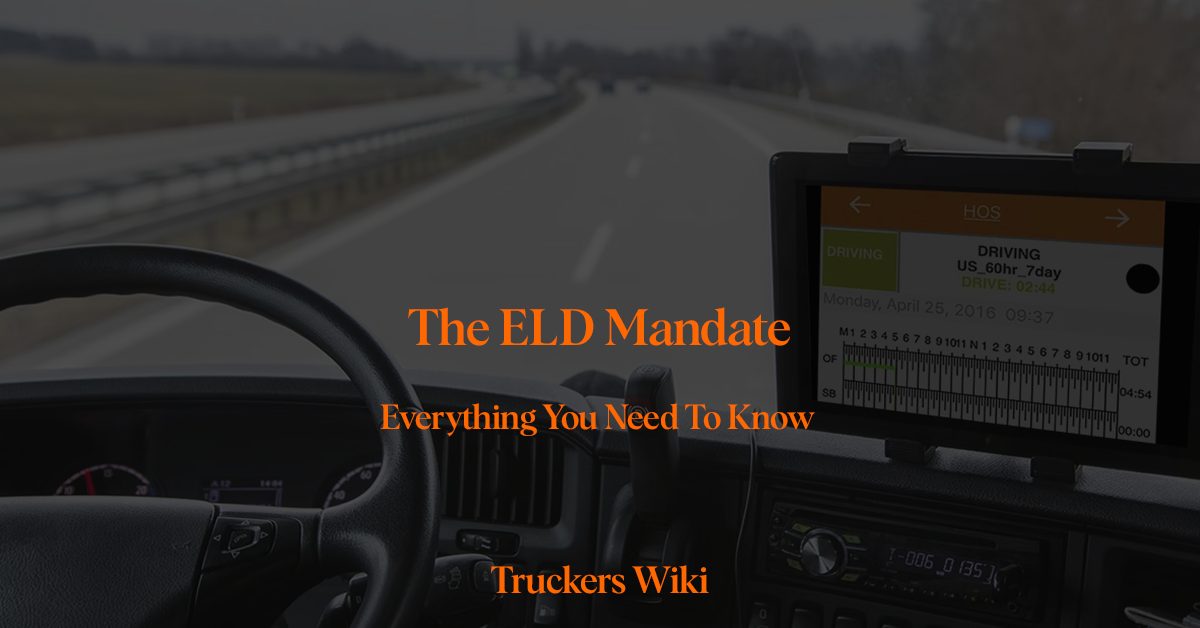
The ELD Mandate, which required the use of ELDs, was published by the FMCSA on December 16, 2015. The mandate provided a two-year window for carriers and drivers to transition to ELDs, with the full compliance deadline set for December 18, 2017. This effectively replaced the traditional paper logbooks that were previously used by drivers to manually record their hours of service.
Learn more about Logbook here.
Learn about ELD Examptions here.
ELDs offer several advantages over paper logs, including
Improved accuracy
ELDs automatically record driving time and distance, reducing the chances of errors that can occur with manual entries. This leads to more accurate HOS records and better compliance with regulations.
Reduced administrative burden
ELDs eliminate the need for drivers to manually record their HOS, which can be time-consuming and cumbersome. The electronic system streamlines recordkeeping and reduces paperwork for both drivers and fleet managers.
Easier auditing and enforcement
ELDs make it simpler for enforcement officers to review HOS records, as they can easily access electronic logs. This helps ensure that drivers are complying with HOS regulations and can identify those who may be violating the rules more quickly.
Enhanced safety
By enforcing HOS compliance, ELDs help reduce driver fatigue, which is a major contributor to accidents involving commercial motor vehicles. This leads to safer roads for everyone.
Increased operational efficiency
Fleet managers can use the data collected by ELDs to optimize routes, track vehicle maintenance, and improve driver performance. This can lead to cost savings and increased productivity for transportation companies.
Overall, ELDs offer significant advantages over paper logs, promoting increased accuracy, efficiency, and safety in the transportation industry.
Forbes article on the ELD Mandate.
Listen to The Article
Audio Article ELD Electronic Logging Device The ELD Mandate
Last modified: September 20, 2023

